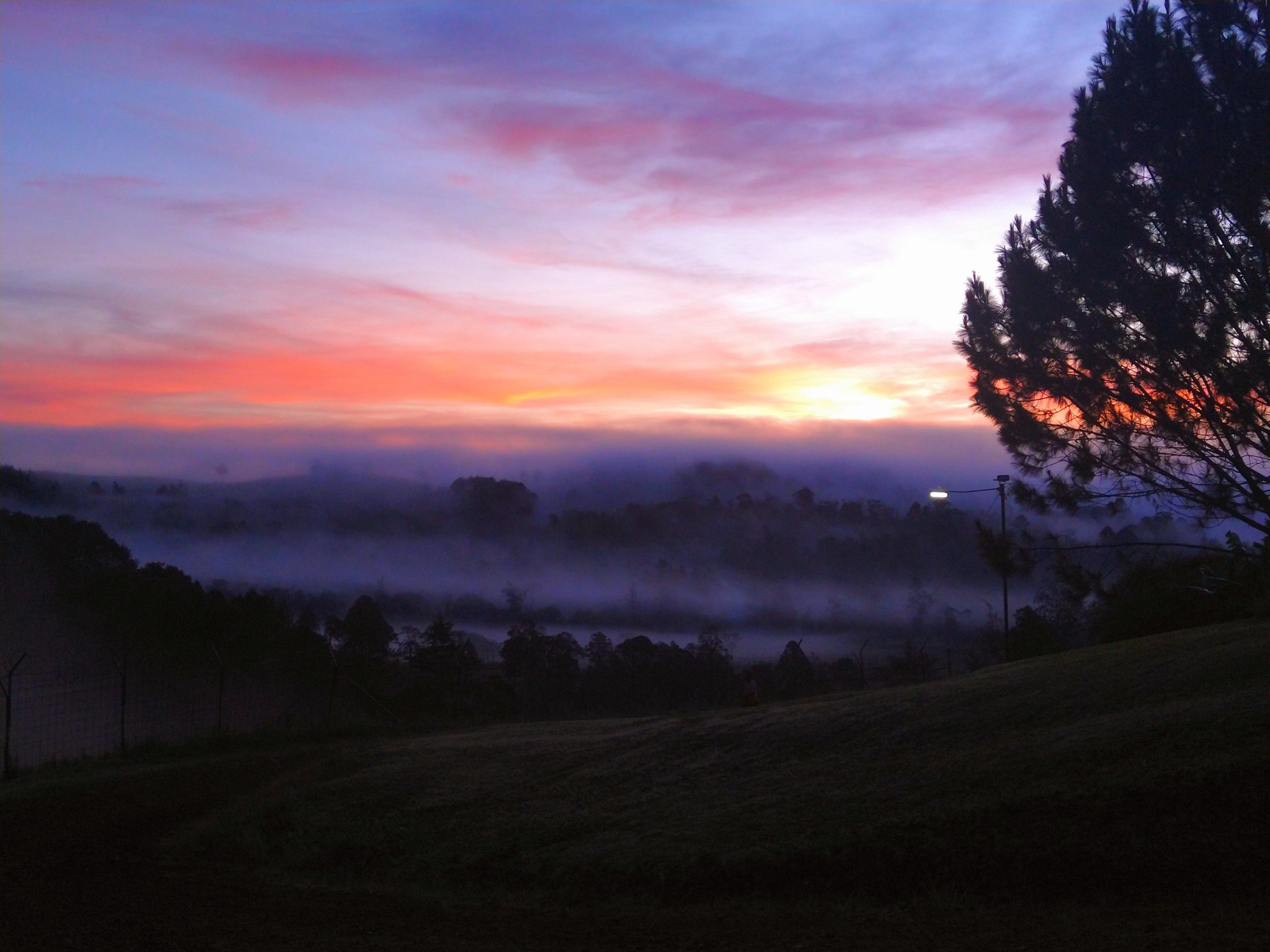Papua New Guinea
Often called the “Land of the Unexpected,” Papua New Guinea (PNG) is a rugged, unique, and beautiful country of approximately 9 million people. The main island (the eastern half of the island of New Guinea) and several hundred smaller islands are located just north of Australia on the Ring of Fire (earthquakes are not uncommon!). PNG is located 6 degrees south of the equator, so weather is quite warm and tropical on the coast year-round. In the highlands, the weather is more moderate resembling spring all year. Rainy season typically extends from about November to June, but even dry season usually has a good share of rainfall.
PNG is home to more than 800 language groups, each with their unique costumes, celebrations, and cultures. Most of the indigenous people are of Melanesian descent. PNG has four official languages including English (the language of government and business), Tok Pisin (an English-based pidgin trade language spoken in much of the country) Hiri Motu (a lesser-used trade language unique to the southern region) and PNG Sign Language.
Most of the population lives in traditional villages with houses made of bush materials and depends on subsistence farming for their food supply. Urban areas including the capital, Port Moresby, as well as towns such as Lae, Goroka, Madang, Mount Hagen, and Wewak are home to about 15-20% of the population. PNG has about 9,500 km (5,900 miles) of roadways. (For comparison, the US state of California, which is about the same geographic size as PNG, has nearly 645,000 km (400,000 miles) of roadway.) There are about 20 airports with paved runways and some 600 rural grass airstrips. The only international airport is Port Moresby International Airport (POM).
Papua New Guinea is approximately 94% Christian (majority, but not exclusively, Catholics, Lutherans, and Seventh Day Adventist). Even so, there are several hundred language groups that still do not have even one verse of the Bible in their mother tongue. The remaining 6% include indigenous beliefs, and syncretism is common.
For more information, you can refer to documents such as Australia’s PNG Country Brief or the CIA’s World Factbook: Papua New Guinea or Encyclopedia Brittanica.






